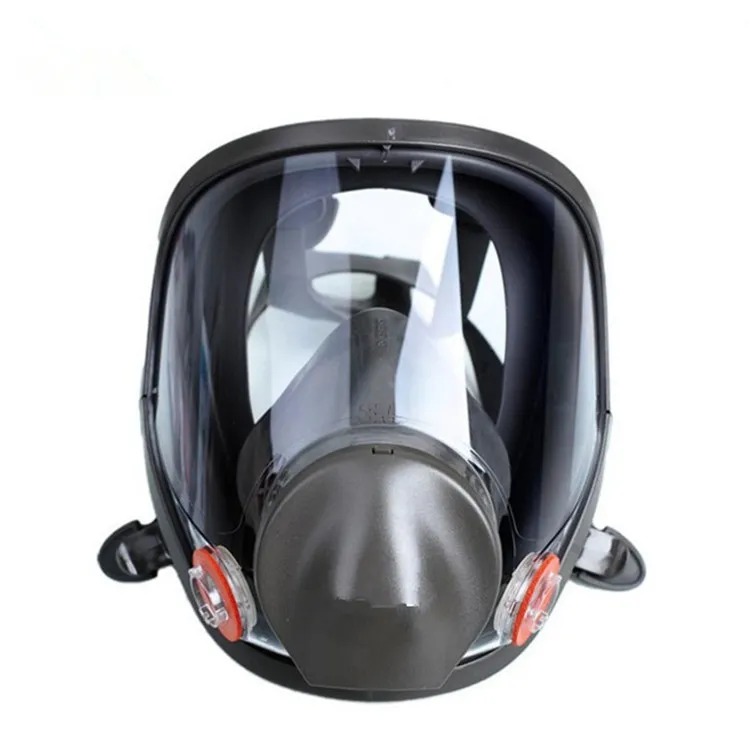How to Choose the Right Gas Mask for Your Needs
2024-08-20
Introduction

In an increasingly unpredictable world, having the right protective equipment is crucial for safety in various situations. Whether you're a first responder, a member of the military, or simply someone looking to prepare for emergencies, a gas mask is an essential piece of gear. However, with so many options available, choosing the right gas mask can be challenging. In this blog, we’ll guide you through the key factors to consider when selecting a gas mask to ensure it meets your specific needs.
1. Understand the Threats You Need Protection From
The first step in choosing a gas mask is to understand the types of threats you may encounter. Different gas masks are designed to protect against different hazards, so identifying your primary concerns is crucial.
- Chemical Threats: If you're concerned about exposure to chemical agents like chlorine, sarin, or ammonia, look for a gas mask with a Chemical Biological Radiological Nuclear (CBRN) rating. These masks offer the highest level of protection against toxic chemicals.
- Biological Agents: For protection against airborne pathogens like viruses, bacteria, or spores, a gas mask with a high-efficiency particulate air (HEPA) filter is necessary. These filters can trap microscopic particles and prevent them from entering your respiratory system.
- Particulate Matter: If you're exposed to smoke, dust, or other fine particles, a mask with a particulate filter (rated P100 or N100) will provide adequate protection.
2. Check the Filter Type and Rating
The filter is the most critical component of a gas mask, determining its effectiveness against various contaminants. Here are some key points to consider:
- Activated Carbon Filters: These filters are effective at trapping organic vapors and gases, making them suitable for protection against chemical warfare agents and industrial chemicals.
- HEPA Filters: High-efficiency particulate air filters are essential for protection against biological threats and fine particulate matter.
- Combination Filters: Some gas masks come with combination filters that offer protection against both chemical and biological threats, providing comprehensive coverage in various scenarios.
3. Consider Fit and Comfort
A gas mask that doesn’t fit properly won’t provide adequate protection. When selecting a mask, ensure it fits securely on your face and forms a tight seal around your nose and mouth.
- Size Options: Many gas masks come in different sizes to accommodate various face shapes. Make sure to choose a size that fits snugly but comfortably.
- Adjustable Straps: Look for masks with adjustable head straps to customize the fit. This ensures the mask stays in place during use.
- Comfort Features: Consider masks with padded or flexible components, which make them more comfortable to wear for extended periods. Some masks also feature hypoallergenic materials to prevent skin irritation.
4. Evaluate Visibility and Communication Features
Visibility and communication are critical factors, especially for professionals like first responders and military personnel.
- Clear Visor: Ensure the mask has a large, clear visor that provides a wide field of vision. Anti-fog coatings are also beneficial, especially in high-stress or humid environments.
- Communication Compatibility: Some gas masks are designed with integrated communication systems or have ports for external communication devices. This feature is essential for coordinating with a team during operations.
5. Maintenance and Shelf Life
Gas masks require regular maintenance to remain effective, and filters have a limited shelf life. Consider the following:
- Ease of Maintenance: Choose a mask that is easy to clean and maintain. Some models feature removable parts that can be easily sanitized.
- Filter Replacement: Check how often the filter needs to be replaced and whether replacement filters are readily available. Always have extra filters on hand, especially if you expect prolonged use.
- Shelf Life: Be aware of the shelf life of both the mask and its filters. Over time, filters can degrade and lose their effectiveness, so it's essential to replace them as needed.
Conclusion
Choosing the right gas mask is a vital decision that can significantly impact your safety in hazardous situations. By understanding the specific threats you face, selecting the appropriate filter type, ensuring a proper fit, and considering additional features like visibility and communication, you can find a gas mask that meets your needs. Whether for professional use or personal preparedness, investing in a high-quality gas mask is a proactive step towards safeguarding your health and well-being in uncertain environments.


